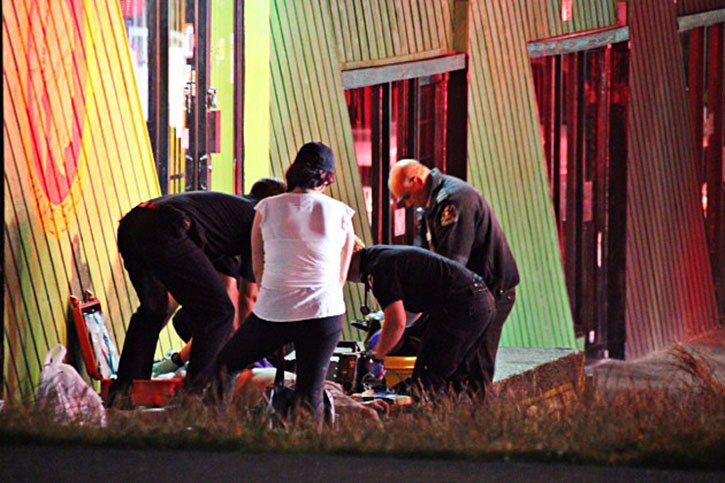Illicit drug overdoses killed 914 people in B.C. in 2016, according to numbers released Wednesday by the BC Coroners Service.
That’s nearly double the number of overdose-related deaths from the year before: 510.
Chief coroner Lisa Lapointe said the exact percentage of overdoses that stem from fentanyl will be confirmed in March, as detection tests continue.
Not a single overdose death of the 142 in December occurred at a supervised consumption site or overdose prevention site, Lapointe said, applauding the efforts of social agency workers, volunteers, and first responders.
These numbers would be much higher if not for them, she said, calling the year-end statistics “the tip of the iceberg.”
Health Minister Terry Lake announced last month that overdose prevention sites would be set up in Vancouver’s Downtown Eastside, Surrey, and Victoria.
All three of those cities saw the highest numbers of overdose-related deaths in 2016, with Vancouver at 215, Surrey at 108 and Victoria at 88.
RELATED: B.C. enacts ministerial order to create overdose prevention sites
Since these sites opened, first responders and volunteers there have reversed almost 100 overdoses, Lake said, with the help of naloxone kits.
“The work going on at the front lines has been incredibly important in saving hundreds and hundreds of lives in our province.”
Roughly 80 per cent of overdose deaths occurred indoors, and Lapointe urged for those using drugs, to not use alone and keep naloxone kits close.The most deaths in one health authority occurred within the Fraser Health, with 301. Vancouver Coastal saw 253 deaths, Interior Health saw 156, Island Health saw 155 and the Northern Health Authority recorded 49.
More treatment beds on way
Lake said the province is pledging $16 million to expand a variety of recovery supports.
Of these new funds, $10 million will be used for 60 new intensive residential treatment beds (40 for adults, 20 for youth) and 50 intensive outpatient treatment spaces. Both will provide 90-day programs and a year of follow-up care through weekly group counselling and ongoing access to counsellors.
The new treatment spots are estimated to 240 people with opioid addictions.
The province will also provide 100-per-cent coverage for opioid substitution therapies to eligible British Columbians as of Feb. 1.
This coverage falls under PharmaCare’s Plan G psychiatric medications program, which provides no-cost coverage to those with lower incomes. Individuals who qualify for MSP premium assistance, or who have an annual income under about $42,000, would be considered eligible for no-cost buprenorphine/naloxone or methadone under this plan.
“We want to be able to provide treatment as quickly as possible,” Lake said. “But … we don’t have the resources to provide treatment on demand for all conditions.”
He called on the federal government to declare a federal health emergency because of the significant number of illicit drug deaths.
“We haven’t seen the response that I think this type of epidemic requires on a national scale.”
Illicit overdose deaths, by the numbers:
